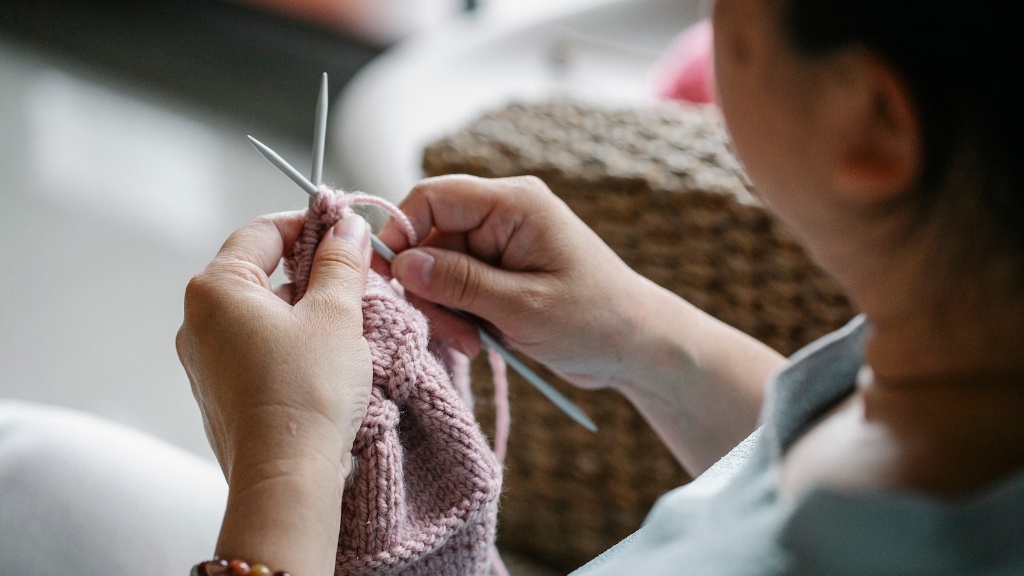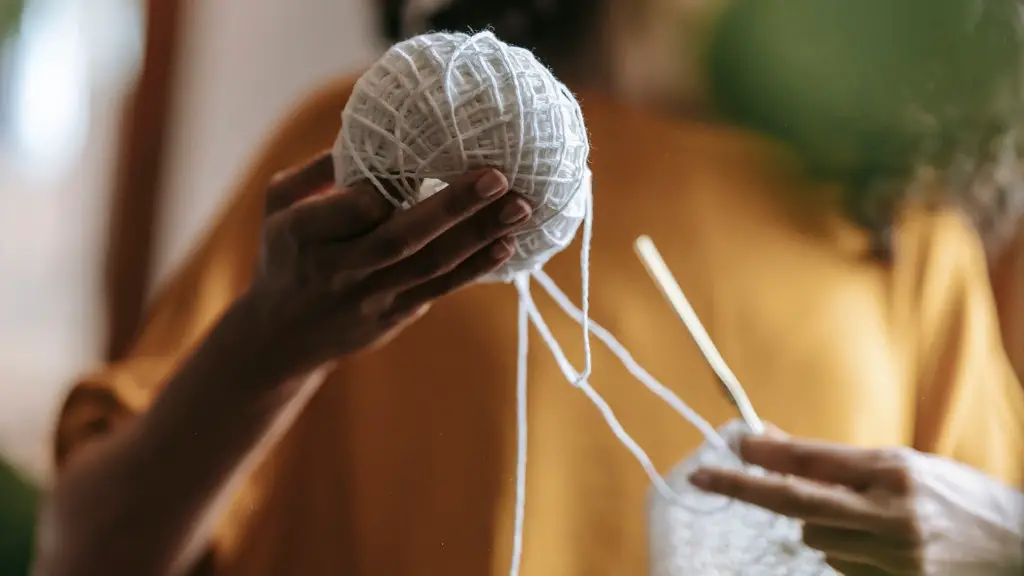Tension Adjustments
When you begin to sew with a new machine, it is important to understand how to adjust the tension. As a general rule, the top tension should be set so that the threads from the top thread spool just appears on the underside of the fabric. This can be adjusted by twisting the dial on the top of the machine. The bobbin tension should be increased until the thread pulls smoothly through the fabric, but not with too much resistance.
The correct tension and balance of thread will create a professional-looking stitch, as well as protect your machine and fabric. If the tension is too tight, your thread may break or the thread may pull too tightly and pucker the fabric. If the thread is too loose, the stitches may come undone or the fabric may not lay flat. It is important to check your tension regularly and adjust as needed.
Cleaning and Maintenance
Regular cleaning and maintenance of your sewing machine is essential for keeping it in good working order. Most sewing machines come with a cleaning brush and cloth. This should be used regularly to remove dust and lint from the machine. When using the machine after a long period of storage or when working with particularly delicate fabric, it is recommended to check the needle for potential damage.
When replacing a needle, it is important to select the correct size for the fabric and thread which you are using. Once a needle has become dull or damaged, it can start to make the holes in the fabric too large and cause the fabric to tear. It is important to replace the needle regularly to ensure a high quality stitch.
Lubrication
Most sewing machines require lubrication on a regular basis to keep them working optimally. Typically, this should be done after every 10 to 15 hours of use. Oil should be applied to the moving parts of the machine such as the needle bar and feed dogs. Many machines come with a small oil bottle and a small cleaning brush which can be used to apply the oil evenly.
When lubricating the machine, it is important to use the correct type of oil. It should be non-sticky and suitable for use with synthetic materials. It is also important to avoid oiling any electrical components of the machine.
It is recommended to use a light machine oil such as 3-in-1 oil, as this will move easily and not be sticky. Applying too much oil can cause build up and potentially damage the machine.
Safe Operation
When sewing with any machine, the safety of the user should always be of paramount importance. To reduce the risk of injury, it is important to follow the instructions in the user’s manual, including safety information such as eye protection and keeping hands away from moving parts. It is also important to ensure that the machine is in a secure location and to disconnect the machine from the power supply when not in use.
When working with the machine, it is important to ensure that the area is well lit and that there is no smoking. It is also important to keep small children and pets away from the machine when in use.
Do I Need to Oil My Sewing Machine?
Whether or not you need to oil your sewing machine depends on the type of machine and the frequency of its use. Generally, mechanical machines require regular oiling while electronic machines require less maintenance. However, all machines should be regularly cleaned and inspected for any wear and tear.
It is important to refer to the user’s manual when cleaning and maintenance of your machine, as different models have different requirements. If in doubt, it is better to consult a professional who can correctly examine the machine and advise on the correct course of action.
Hooks, Needles, and Pressers
The hooks, needles, and pressers are an integral part of the sewing machine and should be checked and adjusted according to the user’s manual. The presser foot is the metal plate that holds the fabric in place while sewing and should be adjusted according to the type of material being used. The presser foot should always be tightly secured in order to prevent any slipping or shifting of the fabric.
The needles and hooks should be frequently checked for any signs of wear, as this may cause the stitches to be uneven or the fabric to become misaligned. If there is any damage to the needles, they should be replaced immediately.
Power Source
Another important element to consider when purchasing or maintaining a sewing machine is the power source. Many machines are battery operated and must be charged on a regular basis. Others are electric and must be plugged into a power source. It is important to check the power source of the machine and ensure that it is working correctly.
When using an electric machine, it is important to avoid any exposure to water. Any moisture or condensation can cause damage to the machine and should be avoided at all costs. It is also important to ensure that the machine is not being overloaded by connecting too many power hungry tools at once.
Computerized Systems
For those who opt for a computerized system, regular maintenance and cleaning is essential. It is important to keep the system up to date with the latest software, as this will ensure that the machine remains in good working order. The user should clean and check the hardware regularly, as dust particles can build up and damage the system over time.
Computerized systems often come with a range of additional features including pattern recognition, design transfer, and stitch data storage. These features should be regularly tested and adjusted according to the user’s needs and preferences.
Care and Maintenance Tips
Sewing machines require a certain level of care and maintenance in order to remain in good working order. It is important to routinely clean and lubricate the machine and to check for any potential wear or tear. It is also important to adjust the tension and check for any damage to the needles, hooks, or pressers.
It is also important to read the user’s manual thoroughly and to follow all safety guidelines. This will ensure that the machine is properly maintained and will serve you well for years to come.




